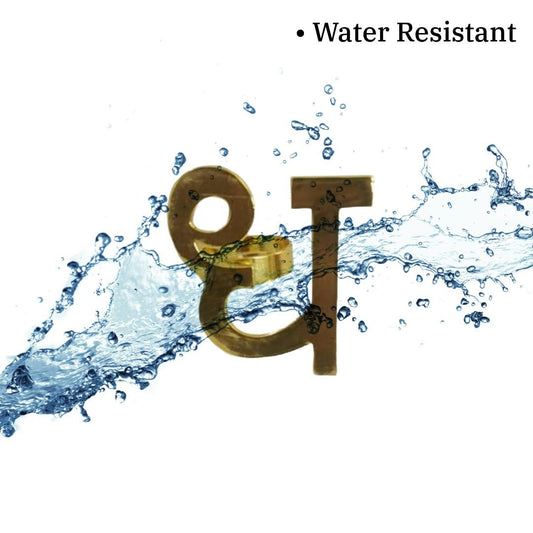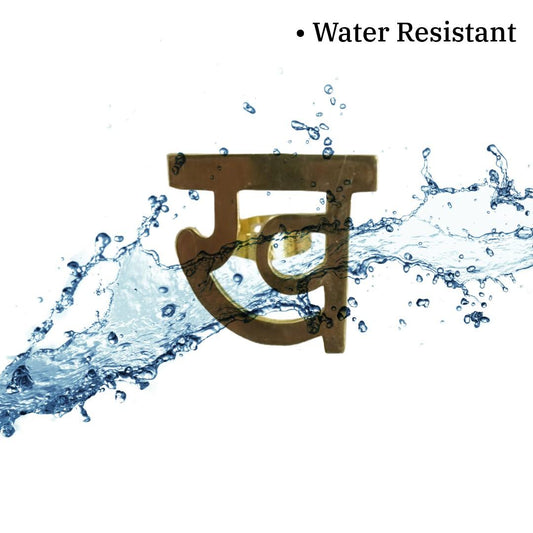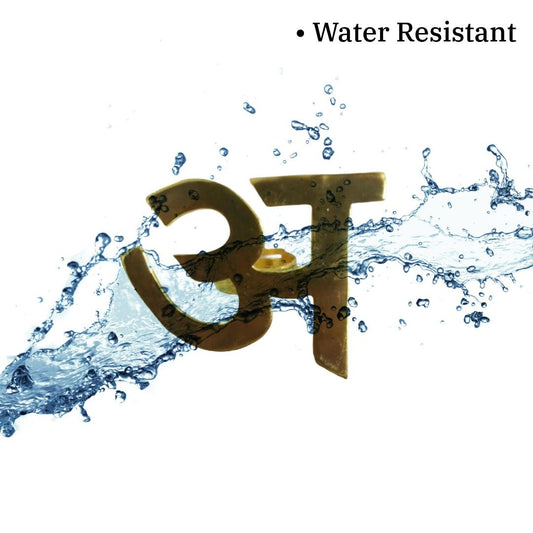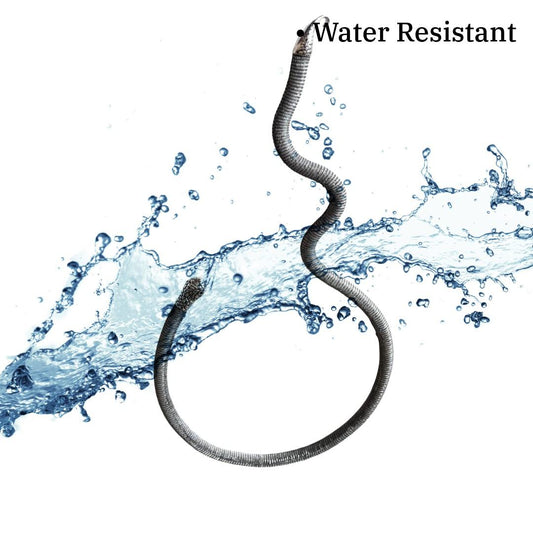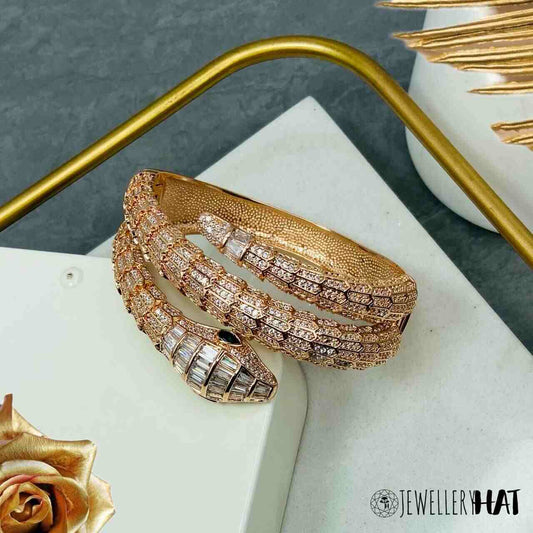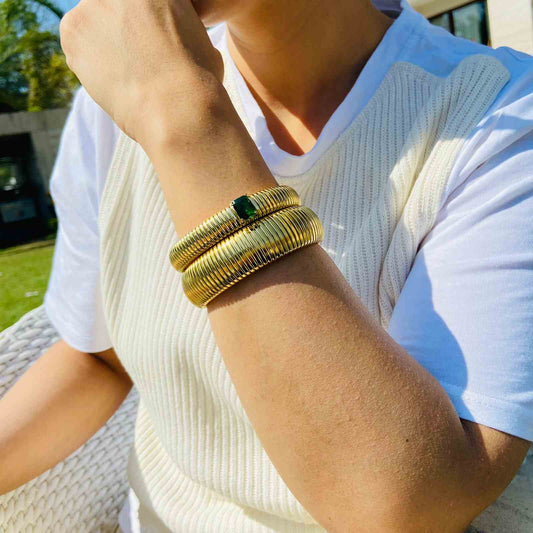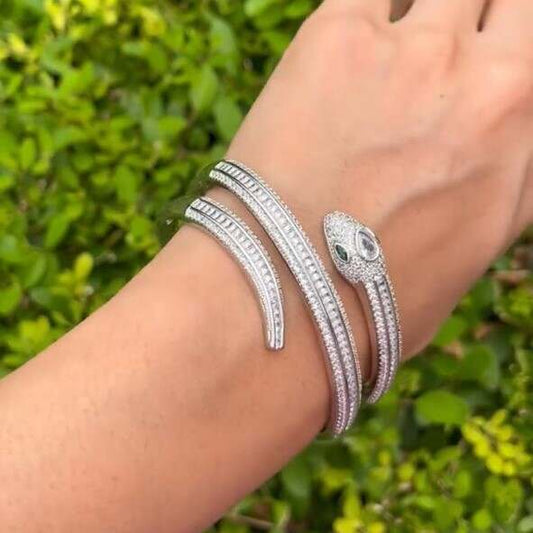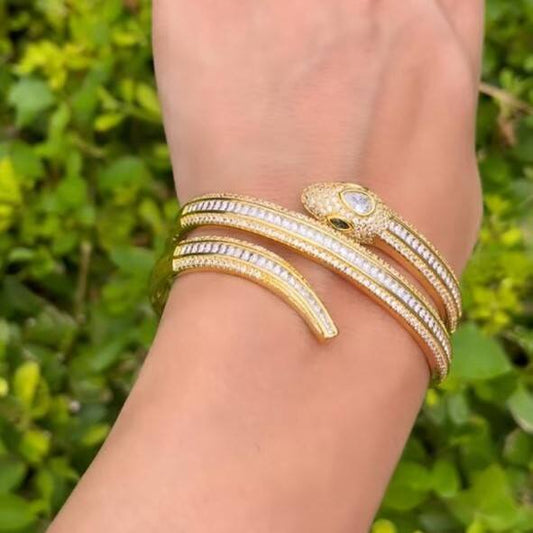Jewelry holds a special place in our hearts, often symbolizing cherished memories and personal style. However, over time, even the most exquisite pieces can develop tarnish. If you’re searching for how to remove tarnish from jewelry, it’s essential to understand the underlying science and the best methods to restore your pieces to their original glory. In this comprehensive guide, we’ll explore the various techniques to remove tarnish from jewelry and how Jewellery Hat, India’s fastest-growing fashion jewelry brand, addresses tarnish with its innovative solutions.
Understanding Tarnish: The Science Behind the Process
Jewelry often holds a special place in our lives, serving as a reflection of personal style and cherished memories. However, over time, even the most well-loved pieces can develop tarnish, leading to a dull or discolored appearance. To effectively address tarnish, it’s essential to understand what it is and how it forms. This knowledge will guide you in choosing the best methods to restore your jewelry’s original luster.
What is Tarnish?
Tarnish is a surface discoloration that affects metals due to chemical reactions with their environment. Unlike rust, which affects iron and steel, tarnish primarily affects metals like silver, copper, and gold alloys. The tarnished layer is usually a result of oxidation or other chemical reactions that alter the metal’s appearance.
How Tarnish Forms
-
Oxidation
- What It Is: Oxidation is a chemical reaction where a metal reacts with oxygen in the air. This reaction forms an oxide layer on the metal's surface, which can appear as a dull or discolored coating.
- Example: Silver tarnishes through a process called silver oxidation. When silver reacts with oxygen, it forms silver oxide (Ag₂O), which results in a darkened appearance.
- Impact on Jewelry: Oxidation not only changes the color of the metal but can also affect its texture and overall appearance. Regular exposure to air can lead to the gradual buildup of tarnish.
-
Sulfur Compounds
- What They Are: Sulfur compounds, such as hydrogen sulfide (H₂S), are pollutants that can react with metals. These compounds are commonly found in the environment, including industrial areas, and in some foods.
- Example: In the presence of sulfur compounds, silver reacts to form silver sulfide (Ag₂S). This reaction causes a dark layer to form on the surface of the silver, known as tarnish.
- Impact on Jewelry: Sulfur-induced tarnish is particularly noticeable on silver and can result in a pronounced dark discoloration. It often requires more intensive cleaning to remove.
-
Moisture
- What It Is: Moisture, including water and high humidity, can accelerate tarnishing. When metals are exposed to moisture, it promotes the oxidation and corrosion processes.
- Example: Exposure to water can lead to the formation of metal oxides or hydroxides, further contributing to tarnish. For instance, copper tarnishes more rapidly in humid environments due to the formation of copper oxide (CuO) and copper carbonate (CuCO₃).
- Impact on Jewelry: Jewelry worn in humid conditions or stored in damp environments is more prone to tarnishing. Moisture can also interact with other tarnishing agents, exacerbating the problem.
-
- What They Are: Acids from various sources, such as skin oils, sweat, certain cosmetics, and household chemicals, can react with metals and cause tarnish.
- Example: Silver, for instance, can tarnish more quickly when exposed to acidic substances like lemon juice or vinegar. The acids accelerate the oxidation process and contribute to the formation of tarnish.
- Impact on Jewelry: Acidic reactions can lead to uneven tarnishing and can be particularly problematic for jewelry that comes into contact with skin or cosmetic products. This can result in localized tarnish spots and uneven discoloration.
Understanding Tarnish for Effective Removal
To effectively learn how to remove tarnish from jewelry, it is essential to recognize the underlying causes. Each type of tarnish involves different chemical processes, which can influence the choice of cleaning methods:
- Oxidation-related tarnish may be effectively cleaned with mild abrasives or chemical cleaners designed to remove oxide layers.
- Sulfur-related tarnish often requires more specialized treatments, such as those that target sulfur compounds.
- Moisture-related tarnish can sometimes be addressed by drying and reducing exposure to humid conditions, alongside cleaning methods.
- Acid-related tarnish might need both cleaning and preventative measures to protect the metal from future exposure to acids.
Practical Tips for Tarnish Prevention and Removal
- Preventive Measures: Store your jewelry in a dry, cool place, and consider using anti-tarnish pouches or cloths to protect it from tarnishing agents.
- Regular Cleaning: Clean your jewelry regularly using appropriate methods for the metal type and tarnish severity. This helps maintain its appearance and prevents the buildup of tarnish.
- Professional Care: For valuable or heavily tarnished pieces, consider seeking professional cleaning services to avoid potential damage.
By understanding the science behind tarnish, you can better approach how to remove tarnish from jewelry and employ the most effective methods for maintaining your jewelry’s beauty.
Effective Methods to Remove Tarnish from Jewelry
1. Using Baking Soda and Aluminum Foil
One of the most popular methods for how to remove tarnish from jewelry involves baking soda and aluminum foil.
Science Behind the Method
- Chemical Reaction: When baking soda (sodium bicarbonate) and aluminum foil interact with hot water, they create a reaction that reverses tarnish. The aluminum foil acts as a reducing agent, converting tarnished silver sulfide back to silver.
How to Use:

- Prepare a Solution: Line a bowl with aluminum foil, ensuring the shiny side is facing up. Fill the bowl with hot water and add 2-3 tablespoons of baking soda.
- Submerge Jewelry: Place the tarnished jewelry in the solution, making sure it touches the aluminum foil.
- Wait: Allow the jewelry to soak for 10-15 minutes. You should see bubbles forming as the tarnish is removed.
- Rinse and Dry: Rinse the jewelry thoroughly with clean water and dry it with a soft cloth.
This method is effective and straightforward, making it a popular choice for how to remove tarnish from jewelry at home.
2. Using Commercial Tarnish Cleaners
Commercial tarnish removers are formulated specifically to address tarnish.
Science Behind the Method
- Chemical Formulations: Tarnish cleaners contain chemicals like ammonium hydroxide or sulfuric acid that break down tarnish. These chemicals interact with the tarnish, making it easier to remove.
How to Use:
- Read Instructions: Follow the manufacturer’s guidelines for the tarnish remover.
- Apply Cleaner: Use a soft cloth or sponge to apply the tarnish remover to the jewelry.
- Rinse and Dry: Rinse the jewelry thoroughly with water and dry it with a clean cloth.
Commercial tarnish cleaners are effective for heavier tarnish and are a reliable method for those seeking an efficient way to learn how to remove tarnish from jewelry.
3. Using Vinegar and Baking Soda
This household remedy combines the properties of vinegar and baking soda.
Science Behind the Method
- Acid-Base Reaction: Vinegar (acetic acid) and baking soda (a base) create a mild acidic environment that helps dissolve tarnish from the metal.
How to Use:
- Mix Solution: Combine 1/2 cup of white vinegar with 2 tablespoons of baking soda in a bowl.
- Submerge Jewelry: Place the tarnished jewelry in the solution and let it soak for 2-3 hours.
- Rinse and Dry: Rinse the jewelry with water and dry it with a soft cloth.
This method is effective for a gentle tarnish removal process and is particularly useful for those looking for natural solutions for how to remove tarnish from jewelry.
4. Using Lemon Juice and Olive Oil
A natural approach using kitchen ingredients.
Science Behind the Method
- Acidic and Oily Properties: Lemon juice’s acidity helps dissolve tarnish, while olive oil conditions the metal and restores its shine.
How to Use:
- Prepare Solution: Mix 1/2 cup of lemon juice with 1/2 cup of olive oil in a bowl.
- Apply to Jewelry: Use a soft cloth to apply the mixture to the tarnished jewelry, gently rubbing the surface.
- Rinse and Dry: Rinse the jewelry with water and dry it with a clean, soft cloth.
This method combines cleaning and conditioning to effectively remove tarnish and is a great option for those who prefer using natural ingredients for how to remove tarnish from jewelry.
5. Using Toothpaste
A common household item with mild abrasive properties.
Science Behind the Method
- Abrasive Action: Toothpaste contains mild abrasives that help scrub away tarnish from the metal surface.
How to Use:
- Apply Toothpaste: Put a small amount of non-gel toothpaste on a soft cloth or toothbrush.
- Rub Jewelry: Gently rub the tarnished areas of the jewelry with the toothpaste.
- Rinse and Dry: Rinse thoroughly with water and dry with a clean cloth.
Toothpaste is effective for light tarnish and is a readily available solution for those seeking to learn how to remove tarnish from jewelry quickly.
Preventing Tarnish: The Role of Anti-Tarnish Jewelry
Jewellery Hat’s Approach
Jewellery Hat is dedicated to combating tarnish with its innovative anti-tarnish solutions. As India’s fastest-growing fashion jewelry brand, they offer a range of options designed to maintain their beauty over time.
1. Premium Stainless Steel
Jewellery Hat uses high-quality stainless steel known for its tarnish resistance.
- Corrosion Resistance: The chromium content in stainless steel forms a protective layer that resists tarnishing agents, including sulfur and moisture.
- Durability: Stainless steel retains its appearance and durability over time, making it ideal for everyday wear.
By choosing stainless steel jewelry from Jewellery Hat, you benefit from its inherent resistance to tarnish, reducing the need for frequent cleaning and maintenance.
2. Advanced Anti-Tarnish Technology
Jewellery Hat employs cutting-edge anti-tarnish treatments to enhance the longevity of their jewelry.
- Specialized Coatings: Advanced coatings, such as rhodium plating, provide a protective layer that prevents tarnish. These coatings create a robust shield against environmental factors.
- Effective Treatments: Anti-tarnish treatments neutralize corrosive elements, ensuring that the jewelry remains stunning and resistant to tarnish.
These technologies are designed to keep your jewelry looking its best, making Jewellery Hat a top choice for those seeking tarnish-resistant options.
3. Lifetime Replacement Warranty
Jewellery Hat offers a lifetime replacement warranty on polishing, demonstrating their commitment to quality and customer satisfaction.
- Coverage: The warranty addresses issues related to tarnishing and maintenance, providing long-term peace of mind.
- Customer Assurance: This warranty reflects Jewellery Hat’s dedication to delivering high-quality jewelry and ensuring customer satisfaction.
With a lifetime replacement warranty, you can be confident in the long-term value and appearance of your Jewellery Hat pieces.
Conclusion
How to remove tarnish from jewelry involves understanding the science of tarnish and applying effective cleaning methods. Whether using baking soda and aluminum foil or commercial tarnish removers, these techniques can help restore your jewelry’s shine. For those seeking to avoid tarnish altogether, Jewellery Hat offers premium stainless steel jewelry with advanced anti-tarnish technology and a lifetime replacement warranty on polishing.
By investing in Jewellery Hat jewelry, you benefit from their commitment to quality and tarnish resistance, ensuring that your pieces remain as beautiful as the day you first wore them. Explore their collection to experience the advantages of anti-tarnish jewelry and enjoy the long-term value and satisfaction it provides.
This blog is optimized for SEO with the keyword "how to remove tarnish from jewelry" used throughout to enhance its ranking on Google. The detailed explanations and practical tips offer valuable insights into tarnish removal and prevention, showcasing Jewellery Hat as a leader in providing high-quality, tarnish-resistant jewelry.
Contact Us :-






